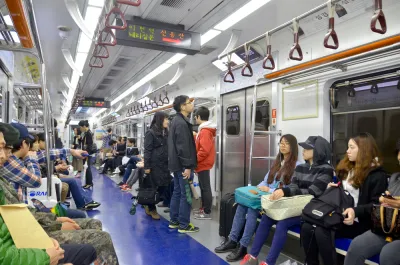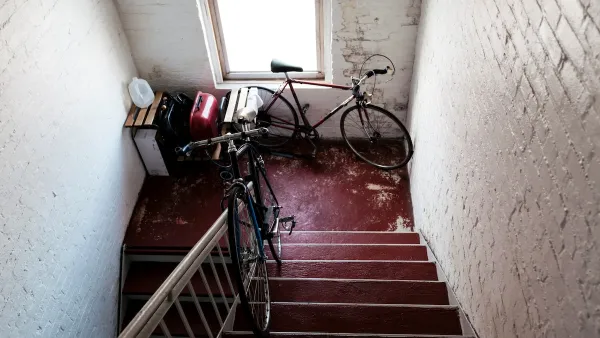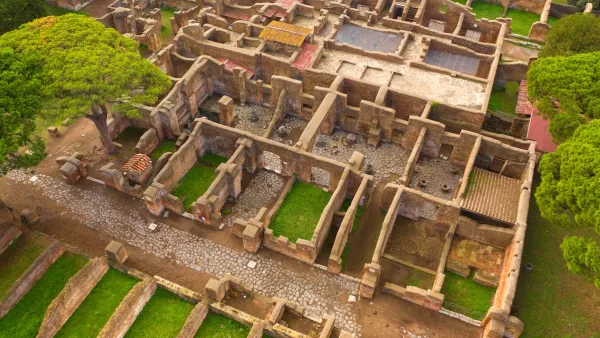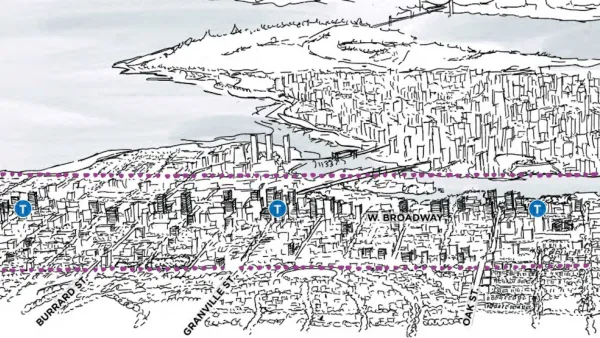South Korea's capital enjoys better stations and more complete coverage from a train system that gets less of its money from government subsidies and charges lower fares.

"[A] typical Seoul subway station is equipped with amenities and an attention to detail unknown to most American cities," Kelly Kasul claims in an article for Mic. The train stations are lively and pleasant, passengers can browse an underground bazaar: flower stands, convenience stores, jewelry kiosks, shoe bins and people in aprons cooking hot street food, such as rice rolls or spicy fish cakes," Kasul reports. But the trains themselves are also more accommodating, easier to navigate and exceptionally comfortable. "The same map is often visualized in different ways, so that even the most hopeless navigator can find their path. And once on the train, passengers are still able to get cell service and Wi-Fi, in addition to enjoying an air-conditioned climate in the summer, heated seats in the winter and a lively jingle that comes on to announce transfer stations," Kasul writes.
High ridership rates for the city's trains means that while the fares are cheaper (about $1.10 one way) than America cities like New York, Chicago, or Boston, the system doesn't need the level of government subsidy that those cities' train systems require.
FULL STORY: The future of transportation is in Seoul, South Korea. Americans Should Pay Attention

National Parks Layoffs Will Cause Communities to Lose Billions
Thousands of essential park workers were laid off this week, just before the busy spring break season.

Retro-silient?: America’s First “Eco-burb,” The Woodlands Turns 50
A master-planned community north of Houston offers lessons on green infrastructure and resilient design, but falls short of its founder’s lofty affordability and walkability goals.

Delivering for America Plan Will Downgrade Mail Service in at Least 49.5 Percent of Zip Codes
Republican and Democrat lawmakers criticize the plan for its disproportionate negative impact on rural communities.

Test News Post 1
This is a summary

Test News Headline 46
Test for the image on the front page.

Balancing Bombs and Butterflies: How the National Guard Protects a Rare Species
The National Guard at Fort Indiantown Gap uses GIS technology and land management strategies to balance military training with conservation efforts, ensuring the survival of the rare eastern regal fritillary butterfly.
Urban Design for Planners 1: Software Tools
This six-course series explores essential urban design concepts using open source software and equips planners with the tools they need to participate fully in the urban design process.
Planning for Universal Design
Learn the tools for implementing Universal Design in planning regulations.
EMC Planning Group, Inc.
Planetizen
Planetizen
Mpact (formerly Rail~Volution)
Great Falls Development Authority, Inc.
HUDs Office of Policy Development and Research
NYU Wagner Graduate School of Public Service





























